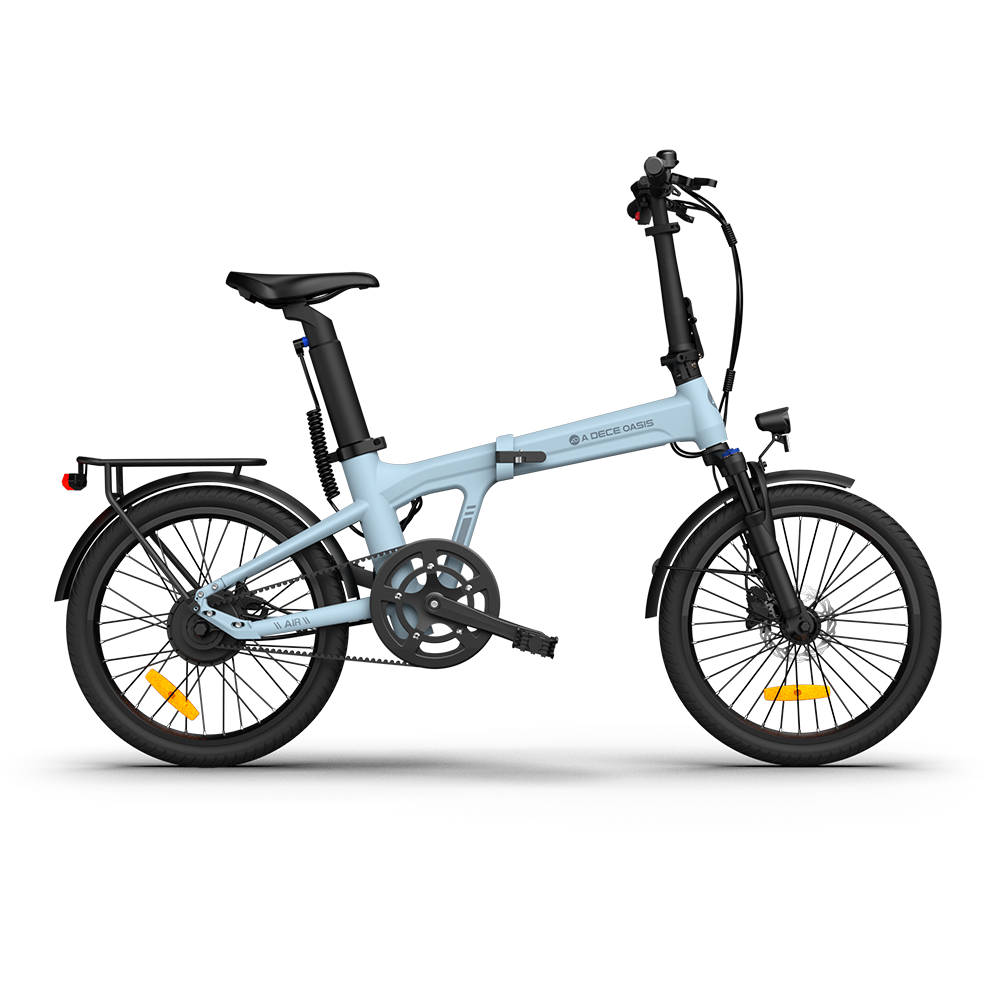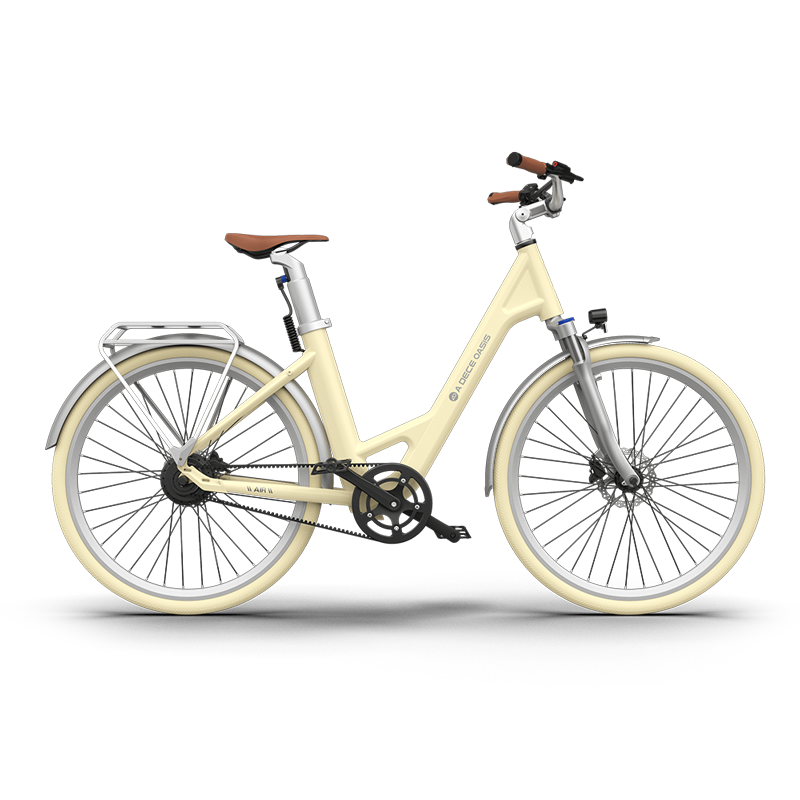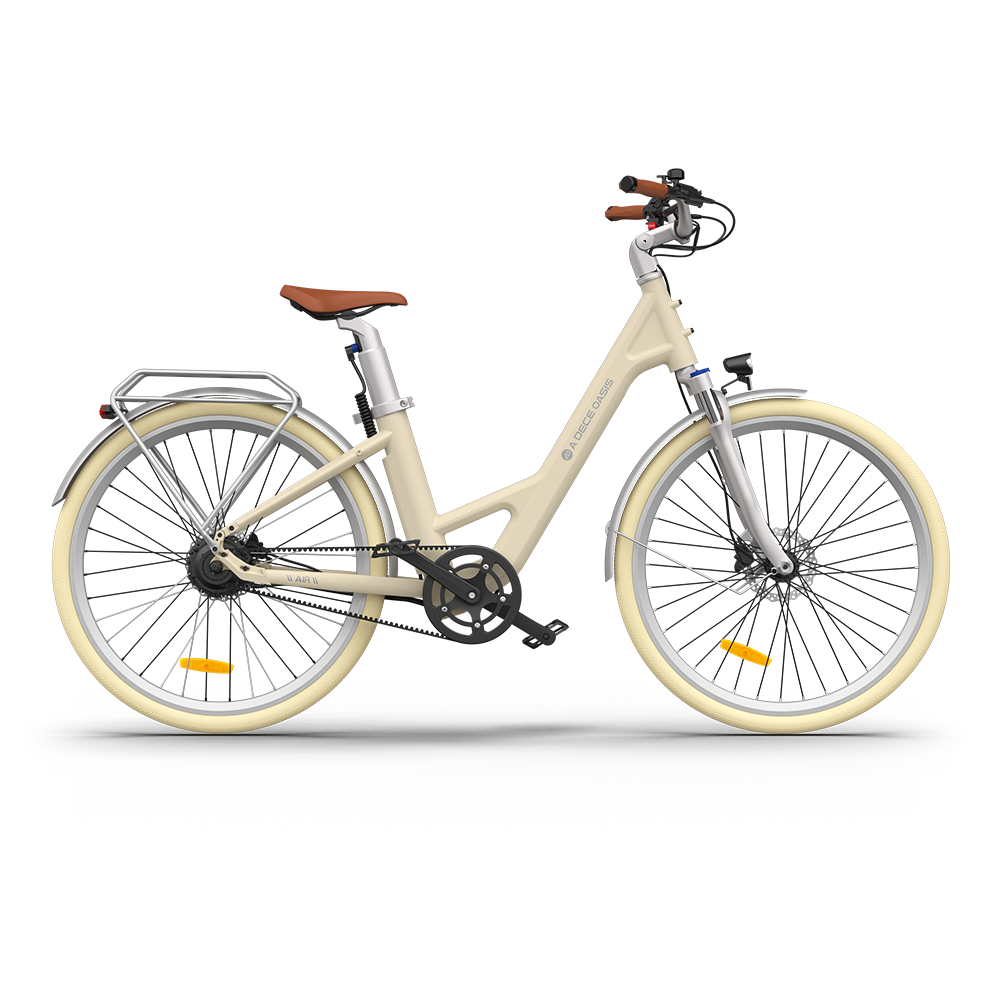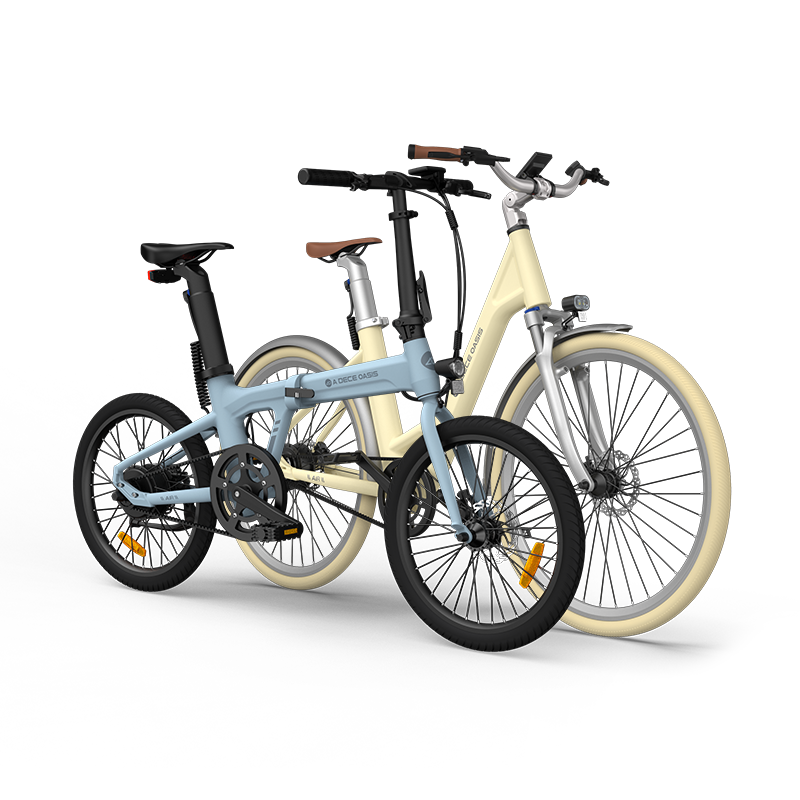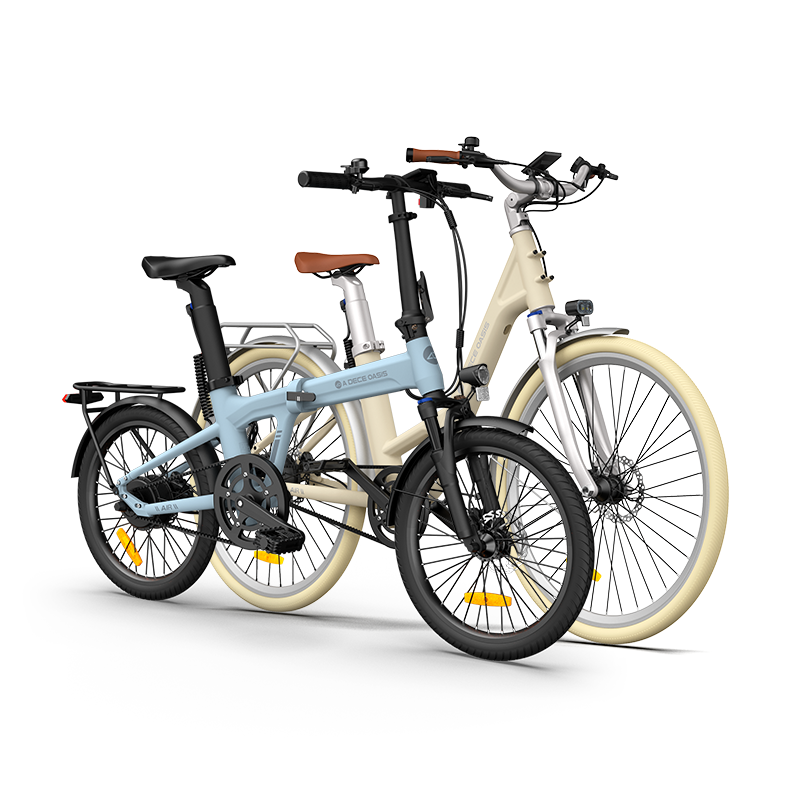In modern society, there are various transportation options available, and electric-powered vehicles have become a popular choice. Among them, electric pedal-assist bikes and electric vehicles stand out. This blog post aims to analyze the differences between electric pedal-assist bikes and electric vehicles, and explore their respective advantages.
Differences:
- Power Source:
Electric pedal-assist bikes (EPAC) are based on human pedaling supplemented by an electric motor to provide assistance. Electric vehicles (EVs), on the other hand, rely solely on an electric motor for propulsion and do not require human pedaling.
- Power Output:
Electric pedal-assist bikes primarily offer assistance, providing additional power when the rider pedals, making cycling easier and less strenuous. Electric vehicles, on the other hand, can achieve full electric drive throughout the entire journey, requiring minimal physical effort from the rider.
- Speed Limitations:
Electric pedal-assist bikes typically have speed limitations, with common restrictions set around 25 kilometers per hour. Electric vehicles, however, can reach higher speeds, often up to 45 kilometers per hour, depending on legal regulations.
- Riding Style:
Electric pedal-assist bikes require riders to pedal in order to trigger the assistance, creating a close interaction between the rider and the electric motor. Electric vehicles, on the other hand, require minimal effort from the rider, offering a more relaxed riding experience.
Advantages:
- Health and Environmental Benefits:
Compared to electric vehicles, electric pedal-assist bikes place a greater emphasis on human health. Riders must exert their own efforts to activate the assist mode, providing exercise benefits. Additionally, electric pedal-assist bikes possess environmental advantages, reducing pollution and promoting eco-friendly transportation.
- Portability and Agility:
Electric pedal-assist bikes are more lightweight and agile compared to electric vehicles. Their smaller size and weight make them suitable for short-distance urban commuting, better coping with traffic congestion.
- Cost and Maintenance:
Electric pedal-assist bikes are generally more affordable and require lower maintenance costs. In contrast, electric vehicles are relatively expensive and require regular battery maintenance and replacement.
- Legal Restrictions:
In many jurisdictions, electric pedal-assist bikes are classified as bicycles, exempting riders from the need for special licenses and insurance. Electric vehicles, however, require adherence to specific traffic regulations, including obtaining a driver's license and acquiring relevant insurance.
Electric pedal-assist bikes and electric vehicles differ in terms of power source, power output, speed limitations, and riding style. Electric pedal-assist bikes prioritize health and environmental benefits while offering advantages such as portability, affordability, and fewer legal restrictions. Electric vehicles are more suitable for long-distance travel, requiring less physical effort. When making a choice, it is important to consider personal preferences and specific needs.






